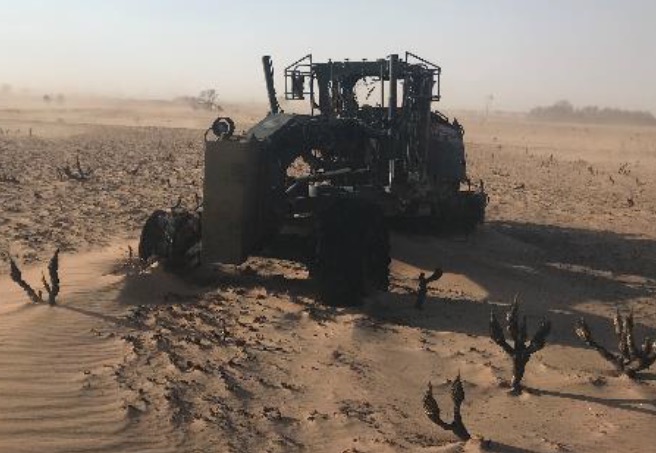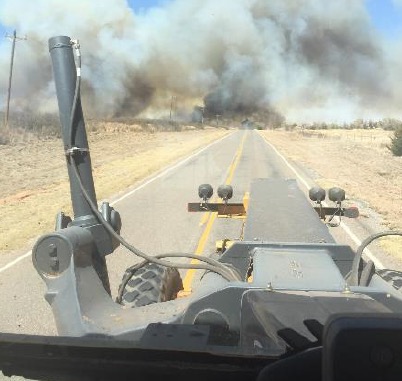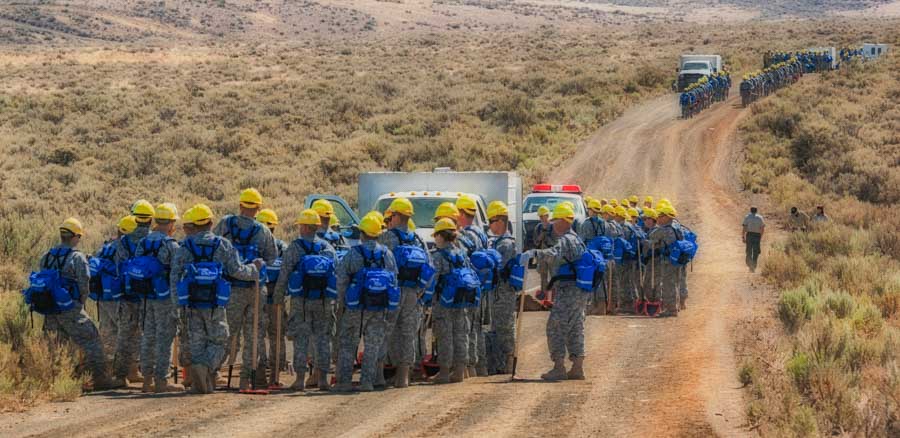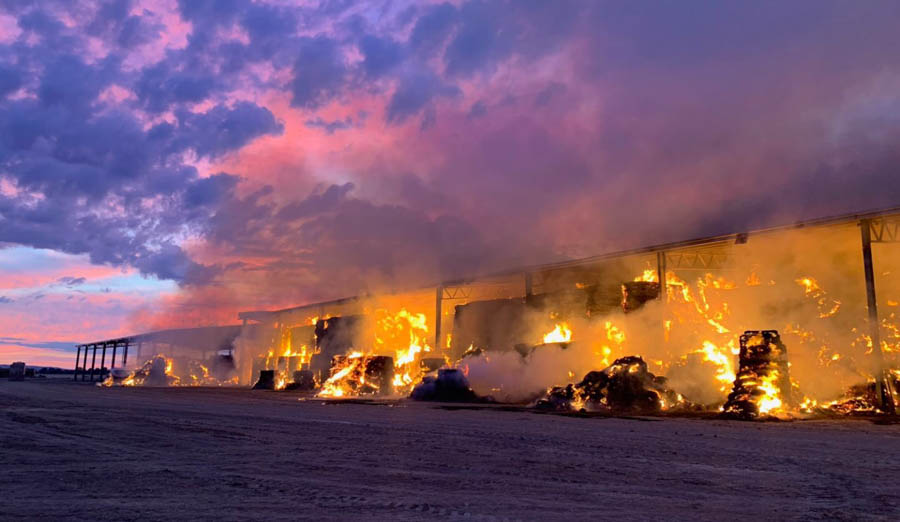
On December 12 firefighters from New South Wales Rural Fire Service and Victoria Country Fire Authority responded to a fire in a hay shed on Howlong-Balldale Road northwest of Howlong, NSW.
In a tweet the NSW RFS warned about spontaneous combustion:
With warmer weather the risk of hay stack fires increases. This fire attended by crews between Howlong & Corowa. With hot weather on the way landholders should check the temperature in stored hay & if possible ensure that farm machinery is kept in a separate shed.
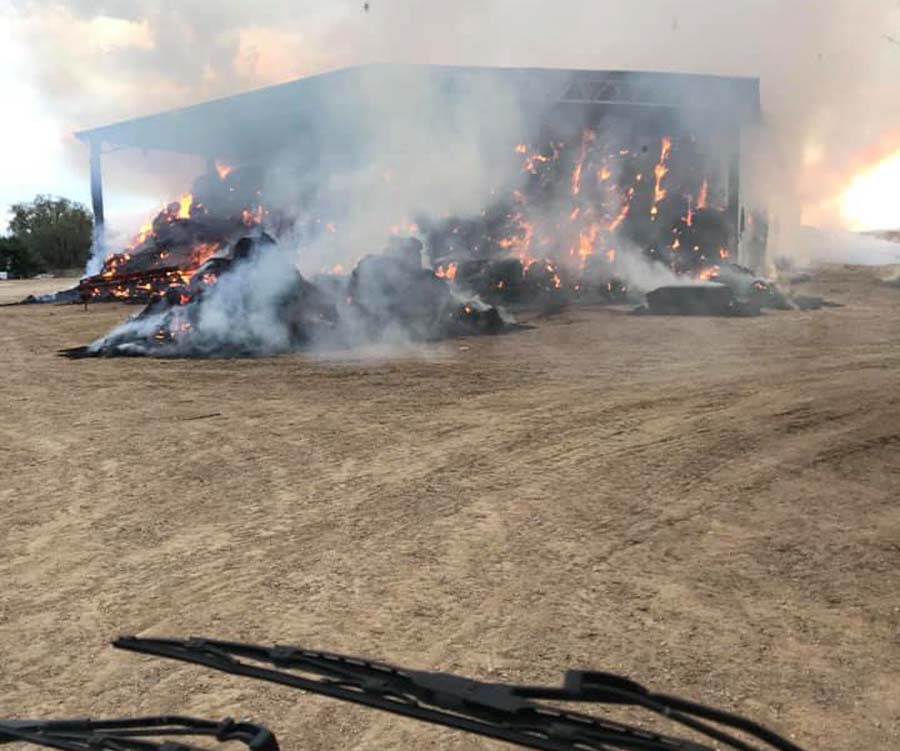
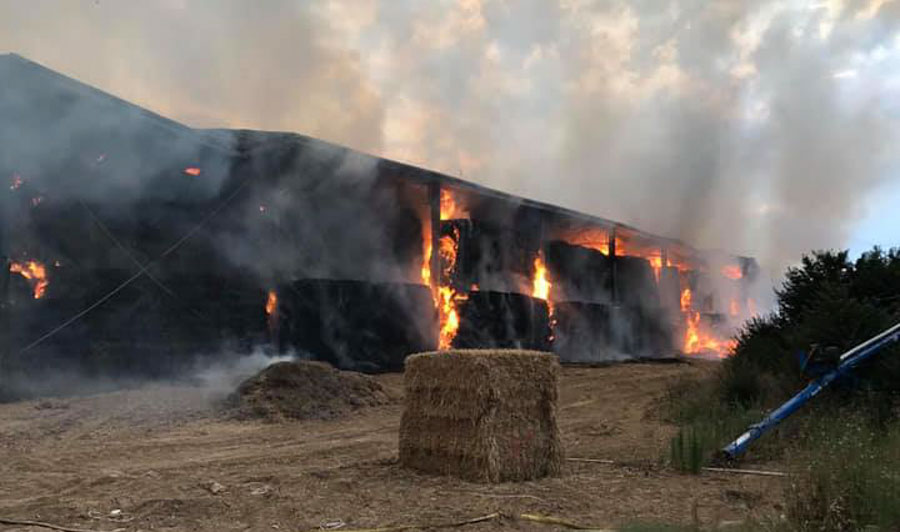
The University of Montana has information about spontaneous combustion in hay:
“Oddly enough, wet hay is more likely to lead to a spontaneous combustion fire than dry hay. If hay is put into a barn or stack when it has more than about 22 percent moisture, not only does the hay loose forage quality, but it has an increased risk of spontaneous combustion.
“High moisture hay stacks can have chemical reactions that build heat. Hay insulates, so the larger the haystack, the less cooling there is to offset the heat.
“When the internal temperature of hay rises above 130 degrees Fahrenheit (55 degrees C), a chemical reaction begins to produce flammable gas that can ignite if the temperature goes high enough.
“Hay fires generally occur within six weeks of baling. Heating occurs in all hay above 15 percent moisture, but generally it peaks at 125 to130 degrees F, within three to seven days, with minimal risk of combustion or forage quality losses. Temperature within a stack then declines to safe levels in the next 15 to 60 days, depending on bale and stack density, ambient temperature and humidity, and rainfall absorbed by the hay.
“To avoid hay fires, small, rectangular bales should not exceed 18 to 22 percent moisture, and large round or rectangular bales should not exceed 16 to 18 percent moisture for safe storage.
“In addition, you should check your hay regularly. If you detect a slight caramel odor or a distinct musty smell, chances are your hay is heating. At this point, checking the moisture is too late, and you’ll need to keep monitoring the hay’s temperature.”

